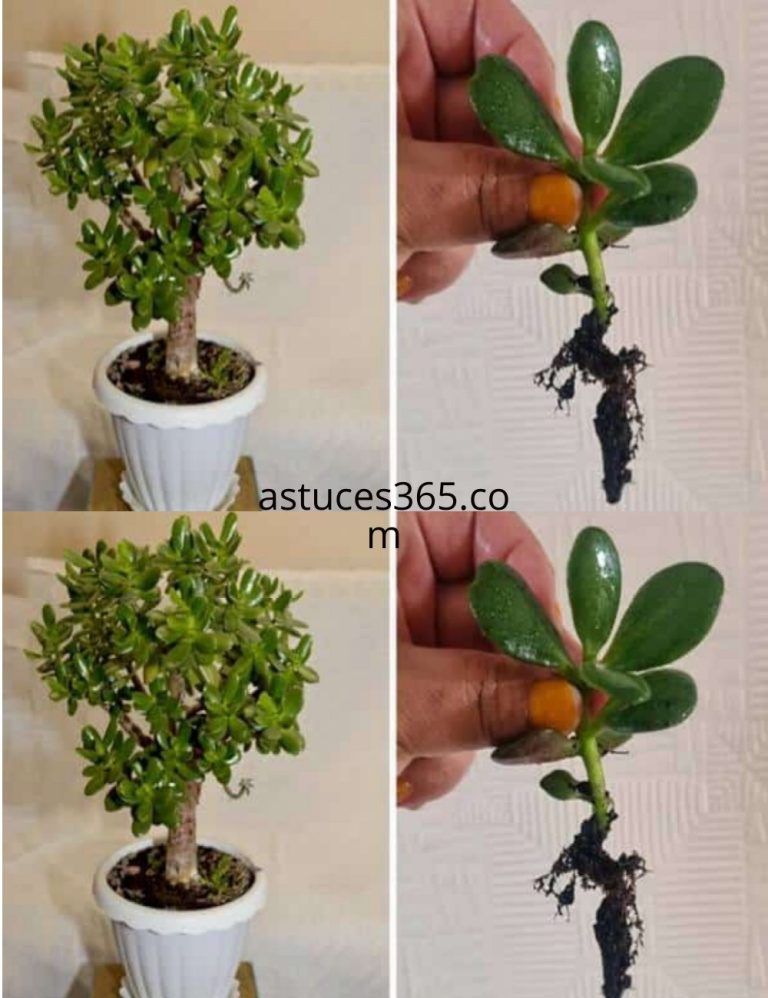ADVERTISEMENT
During flowering, 1 to 2 waterings per week, when the soil is completely dry.
Outside of flowering periods, 1 to 2 waterings every 15 days.
In winter, light watering once a month is more than enough.
In all cases, it is important to wait until the soil is very dry before watering but also to favor good watering rather than a multitude of small waterings.
The leaves of succulents are loaded with water. If they sag, they need to be watered.
3 – EXHIBITION
A healthy jade tree is a shrub that has access to light whether in summer or winter. Direct light is a plus and over as long a period of the day as possible.
In summer, don’t hesitate to take your pot out so that the plant gets as much sun as possible!
4 – DISEASES, PESTS AND PARASITES
Crassulas are not very susceptible to disease except when overwatered. Attacks from mealybugs or kermes, mildew or thrips may then appear:
Mealybugs are stinging, sucking insects covered with a sort of waxy or powdery shell. If the leaves become sticky and covered in sooty mold and the infected plant parts dry out, spray with canola oil to smother them.
Thrips, a small stinging insect pest measuring 1 to 2 mm, appears in hot, dry weather like red spiders. Spraying the leaves with water at the first signs can stop it. Failing that, spray a little soapy water.
5 – REPOT JADE TREE
Like the aeonium arboreum or the Echeveria, the Jade tree likes to be cramped in its pot. Also, it only becomes necessary to repot it approximately every 3 or 4 years, when the plant overflows from its container. Early spring, which coincides with the end of flowering, is a good time for repotting.
ADVERTISEMENT
